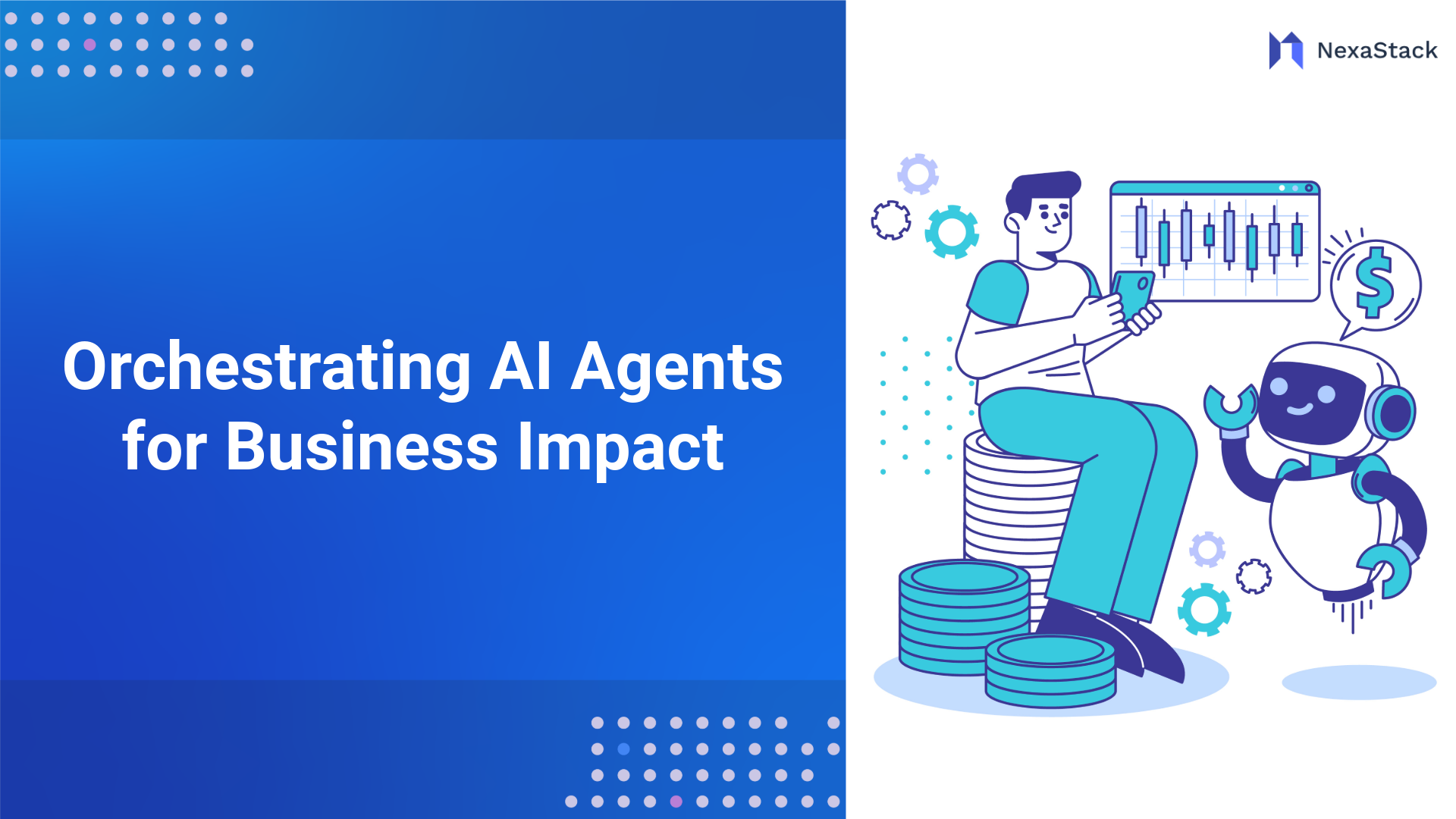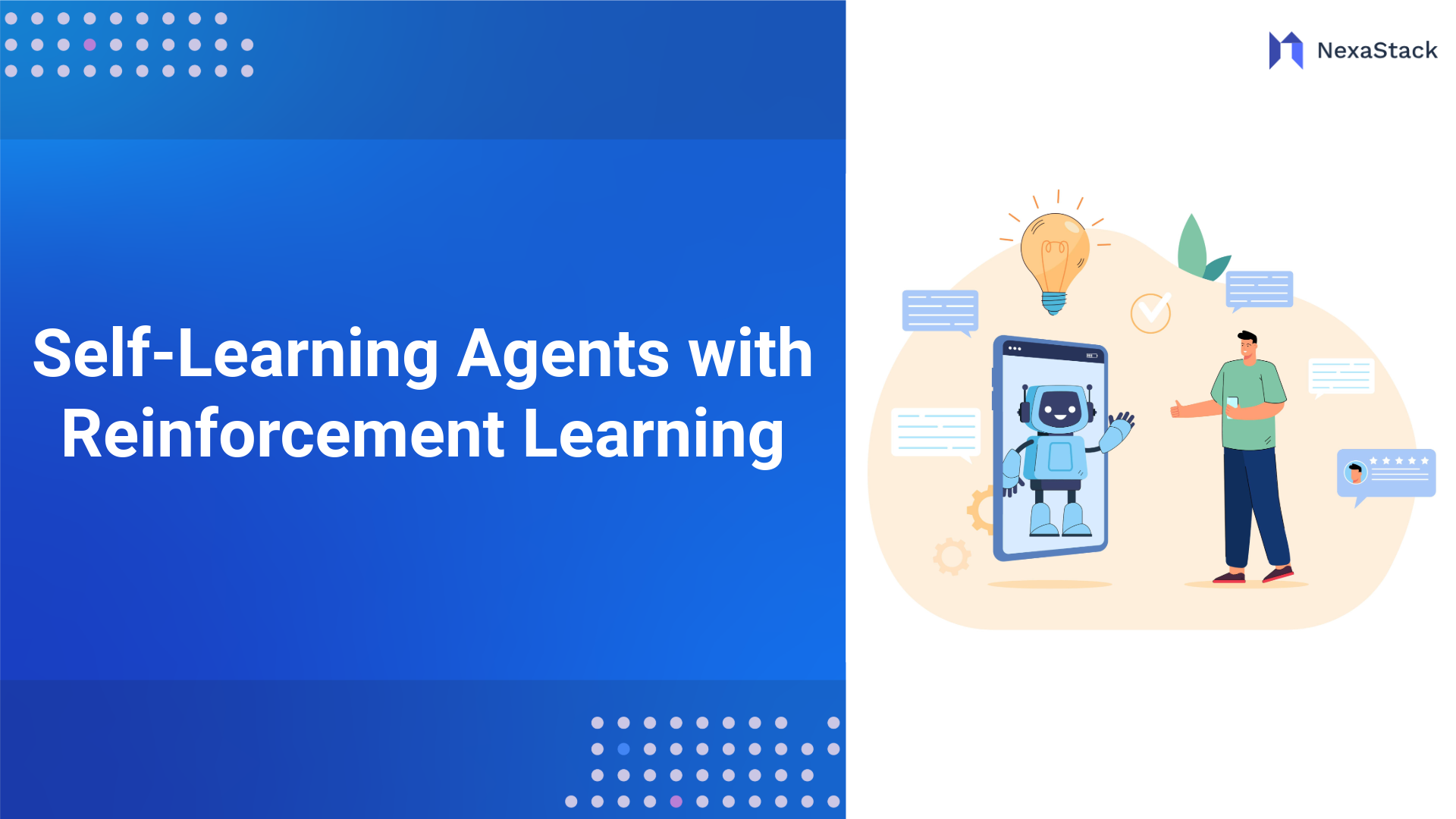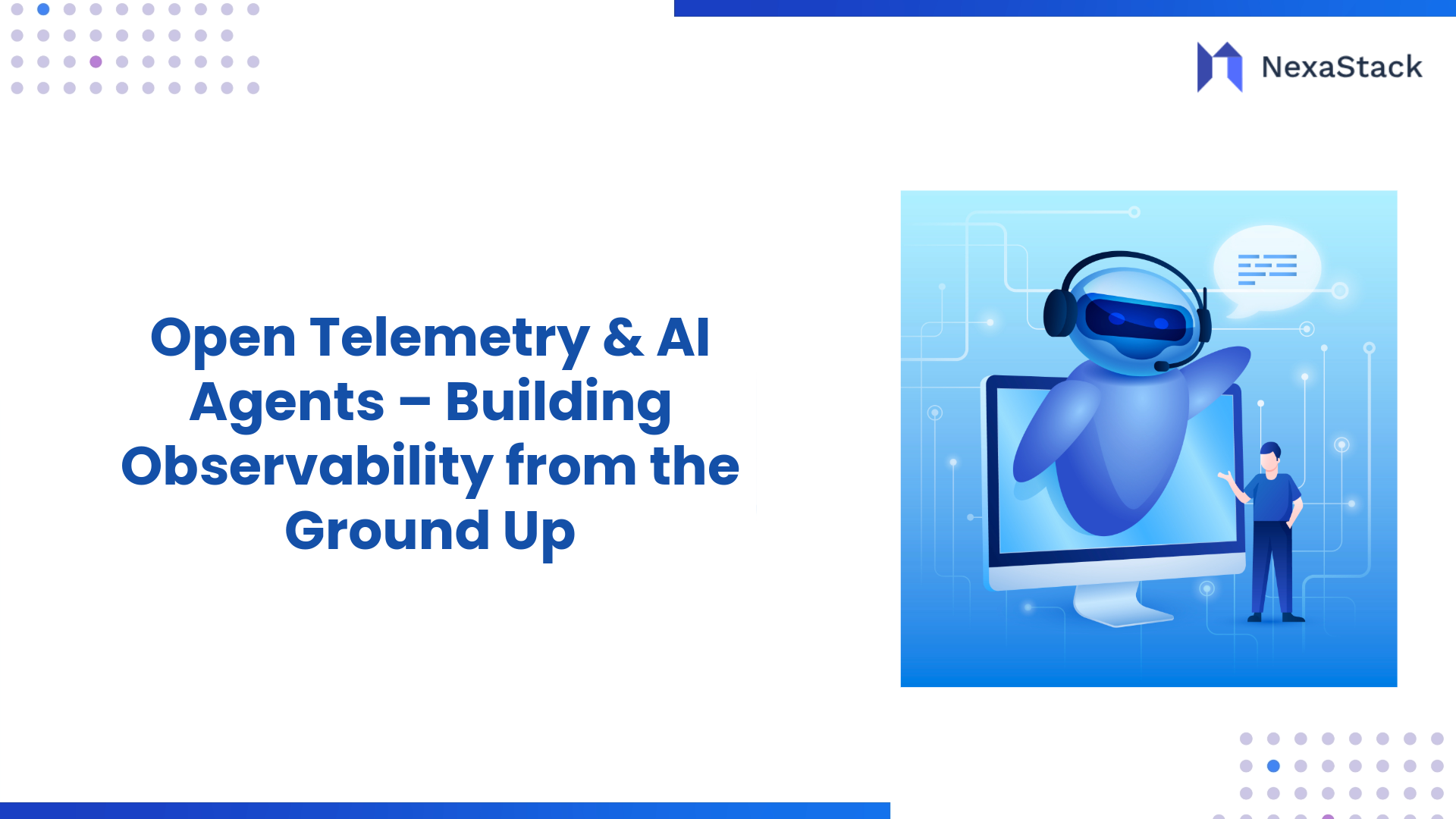Case Studies of Successful Implementation
Several companies have utilized LangGraph technology to maximize their operational effectiveness and decision-making capabilities. For example:
-
Retail Giant: A top retail chain utilized LangGraph agents to automate customer interactions, leading to a 30% decrease in response time and a 15% increase in online sales.
-
Financial Services: The adoption of fraud detection systems using AI decreased false positives by 40%, allowing the firm to effectively utilize resources while enhancing client trust.
Deployment Roadmap
Creating a good roadmap plan is essential for successful deployment. The roadmap outlines a step-by-step process for deploying LangGraph and AI agents in a helpful way for the organization. 
Phase 1: Set Goals, Objectives, and KPIs
Set goals to specify what the organization attempts to achieve with the AI agents. In connection with these goals, set measurable key performance indicators (KPIs). For example, the goal may be to reduce customer service response time, reduce costs, or improve sales conversion.
Phase 2: Prepare and Plan the Infrastructure
Build the cloud services, data management plans, and business application integration that will create the necessary IT infrastructure. Ensure the organization invests in robust cybersecurity planning to safeguard the data.
Phase 3: Agent Design and Development
Within LangGraph, develop an AI agent that meets the business's specific needs. This will include some customization of algorithms, machine learning models, and AI agent-to-agent integration.
Phase 4: Pilot Test
Conduct a pilot test with selected agents before the full deployment to allow the organization to collect data from pilot agents on use, performance, user feedback, and any other issues without being tied to a full launch.
Phase 5: Implementation at Scale
Following successful pilot trials, move to a large-scale implementation of LangGraph agents across the organization. This phase requires training and knowledge transfer to prepare staff to work alongside AI agents.
Phase 6: Continuous Improvement
To ensure that AI agents continue to be effective, you will monitor and iterate their performance sustainably. Use the knowledge gathered through performance data to accelerate enhancements to agent performance and determine new anticipated needs.
Governance Framework
A governance framework is essential for governing the management and ethical deployment of AI agents. Clear guidelines for regulating AI agents in the enterprise ecosystem are important.
Identify Roles and Responsibilities
Clearly identify stakeholders' roles in working with AI, from those making business decisions to data analysts and AI experts. Assign and clarify responsibilities for performance evaluation, ethical use, and data management.
Establish Ethical Guidelines
Prepare a code of ethics specific to AI applications, containing guidance related to transparency, accountability, and fairness principles to ensure that AI decisions do not have unintentional bias or discrimination.
Regulatory Compliance
Be aware of the potential laws and regulations governing your AI usage and relevant to data privacy (e.g., GDPR, CCPA). Designate a compliance officer or team to monitor compliance and changes in regulations that pertain to the utilisation of AI to prevent potential legal issues.
ROI Measurement
After implementing AI agents, it is essential to compute ROI to evaluate their impact on the organization. This process focuses on gathering the following information to review in the following areas:
Monitoring KPIs
Continuously monitor the previously established KPIs each quarter as the deployment roadmap stipulates. Many organizations may have KPIs in the following categories:
-
Operational Efficiency: Time savings, cost savings, and increases in productivity.
-
Customer Satisfaction: NPS and customer feedback on satisfaction or customer service.
-
Financial Performance: Revenue, profit margins, and overall financial health measures increase.
Calculating ROI
Apply the ROI equation to assess how much money is gained because of the implementation of the AI agent:
ROI = (Net Profit ÷ Total Investment) × 100
Through measures over time, organisations will be able to adjust their AI strategies based on the achievements that have been demonstrated.
Competitive Analysis
Recognising the ways competitors are utilising AI technology will offer valuable understanding of the organisation. A competitive investigation enables us to analyze the market environment specific to usage of AI agents, as it relates to competitors. Identify Competitiveness Research direct competitors on AI usage and/or LangGraph equivalents. Consider their successes, failures, and what they choose to automate, as well as the services or products they focus upon.
SWOT Analysis
Conduct a SWOT analysis (Strengths, Weaknesses, Opportunities, Threats) as it relates to the organisation, then competitors, and in terms of AI components. Again, this further illustrates how you sit in the marketplace. While at the same time, help refine your AI strategy, to maximise or take advantage of opportunities.
90-Day Action Plan
A structured 90-day action plan will assist organisations in organising their efforts at the start of the implementation process for LangGraph agents. The action plan should focus on immediate, actionable steps and facilitate the ongoing growth process.
|
Time Frame |
Action Item |
Details |
|
Day 1-30 |
Build Foundation |
|
|
|
Create a Cross-Functional Team: |
Gather people from IT, operations, and marketing. |
|
|
Conduct Business Value Assessment: |
Host brainstorming sessions to identify specific operational problems to address.
|
|
|
Create Goals and KPIs: |
Work with stakeholders to develop measurable goals. |
|
Day 31-60 |
Technical Implementation |
|
|
|
Set Up Infrastructure: |
Build out the necessary IT support, i.e., cloud infrastructure. |
|
|
Design Agents: |
Use LangGraph to design the first set of AI agents to fulfill urgent operational needs. |
|
|
Pilot Test: |
Introduce the pilot program to a small audience and model performance. |
|
Day 61-90 |
Review and Refine |
|
|
|
Analyze Pilot Feedback: |
Gather users, feedback, and measure KPIs. |
|
|
Refine Based on Feedback: |
Refine agent design and configurations based on feedback. |
|
|
Prepare to Scale and Deploy: |
Develop a plan to deploy agents across the organization, including training elements for team members. |
Conclusion of AI Agents
AI agents, and AI agents through frameworks like LangGraph, can provide companies with a unique opportunity to improve efficiency and decision-making, and ultimately create better customer satisfaction and loyalty. AI agents automate knowledge and provide real-time awareness and insights to make timelier, data-based decisions, leading to improved operational effectiveness. Ultimately, success will rely on a clear strategy, the right KPIs, and a transparent process to constantly look for improvements. Furthermore, AI will require the right policy, ethics, and governance to be successfully deployed.
Organisations must look to align AI activities to business objectives, provide funding for the right infrastructure, and have a strategy to integrate across departments. Ideally deployed, AI agents can improve productivity, create avenues for innovative thought, and ensure you maintain a differentiating factor over competitors. The bottom line is that AI is a game-changing opportunity that can enable sustainable growth and create new opportunities for organisations to consider when faced with growing competition and upheaval across most industries today.





